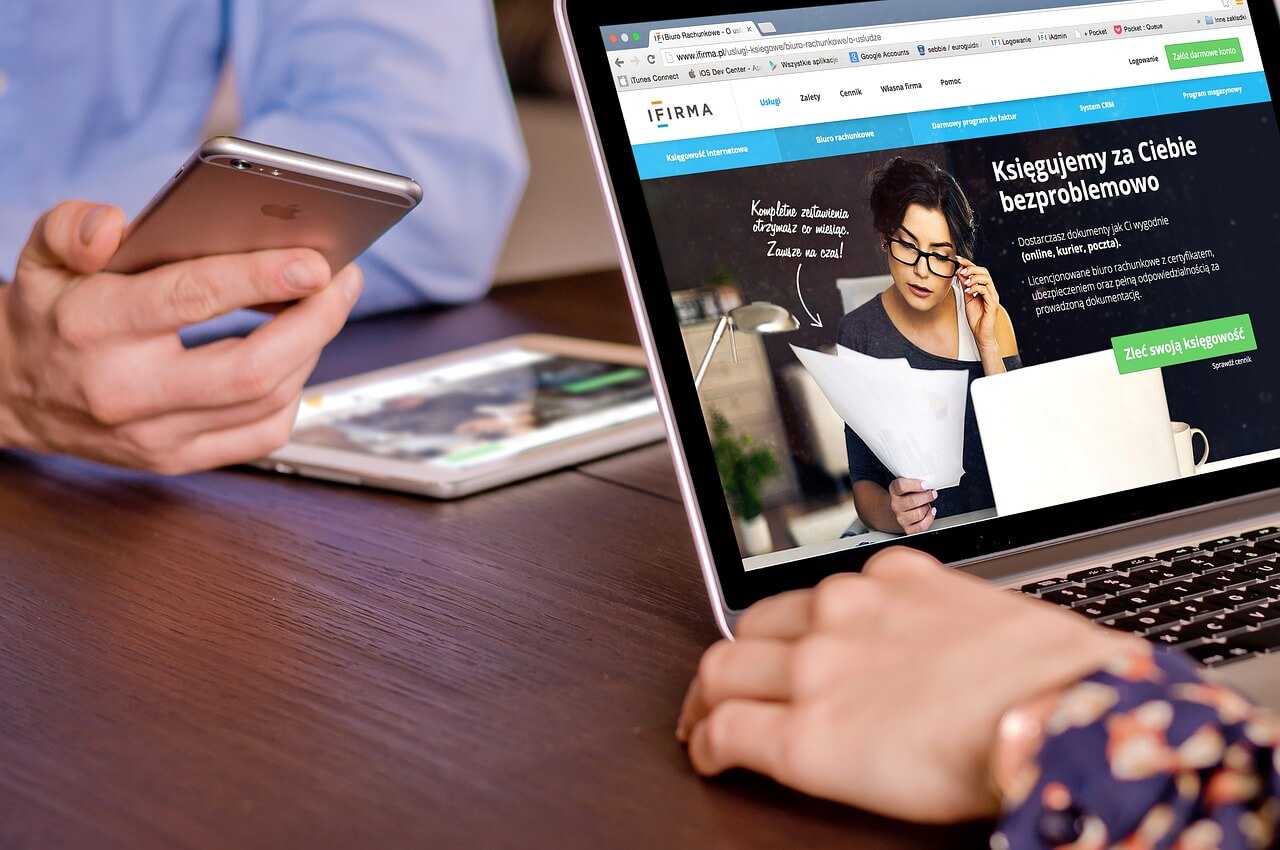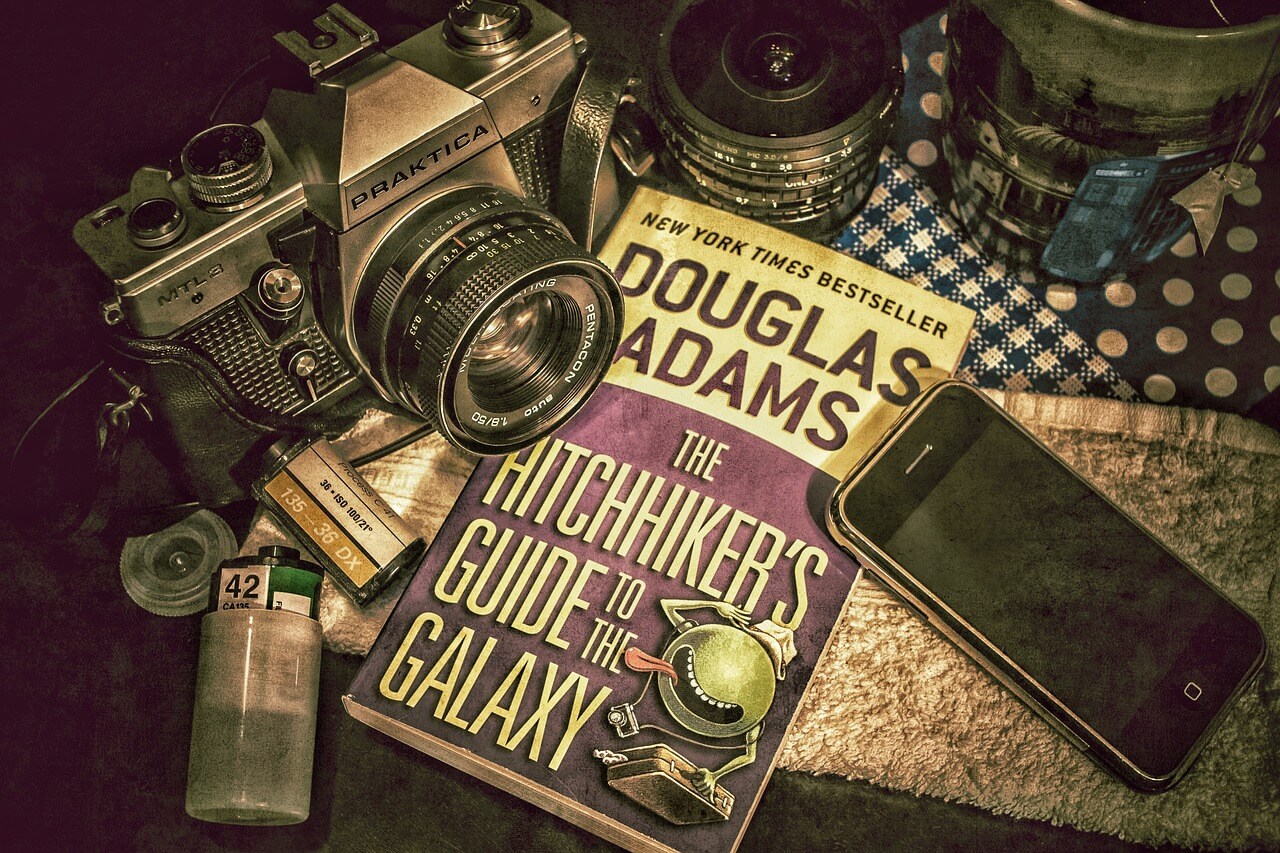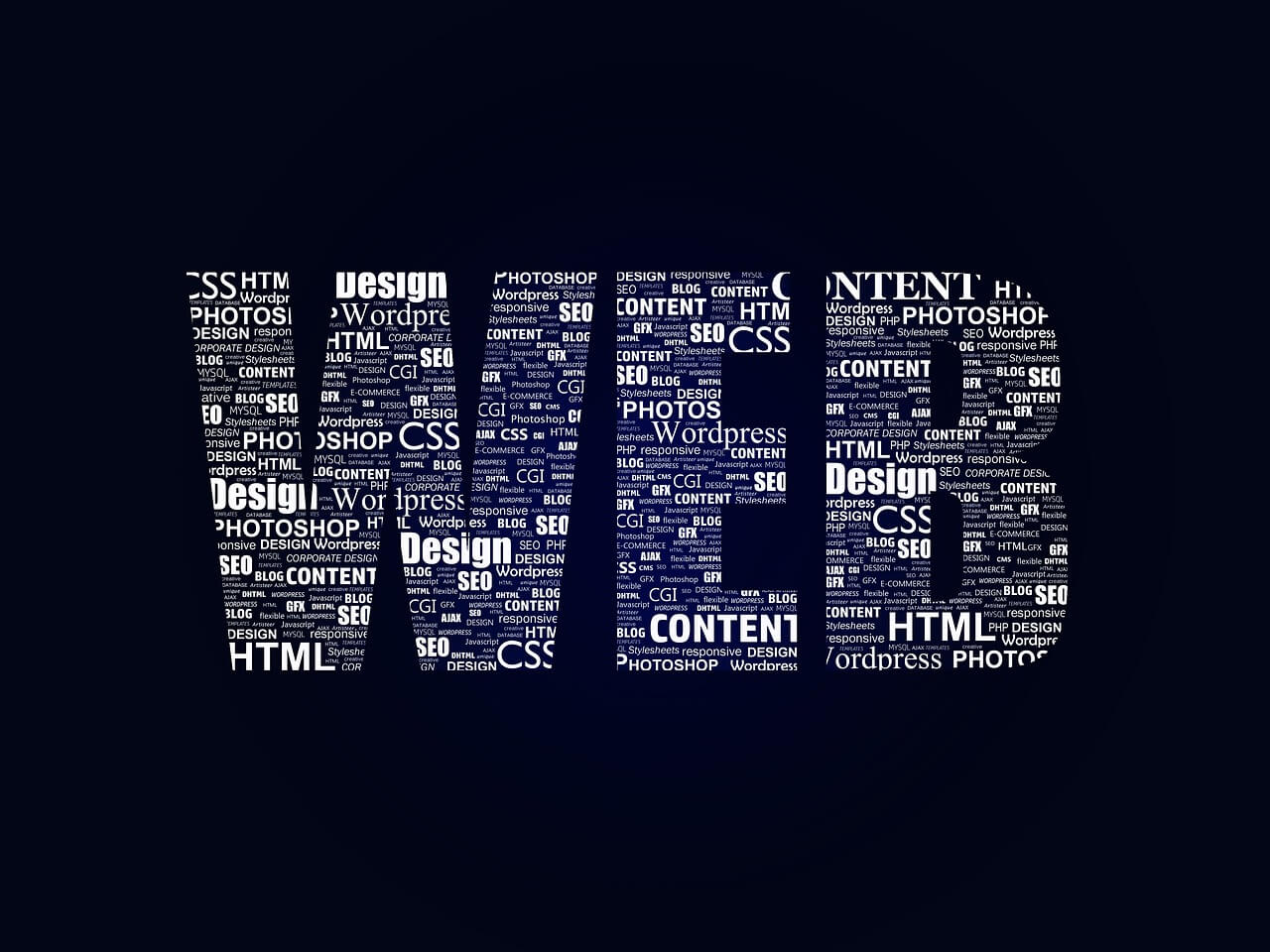Do you want to know the impacts of web design on content Marketing?
Are you curious to know how web design impacts content marketing?
The impact of web design on a company’s perception cannot be overstated. Every aspect, from color schemes to layout, contributes to the initial impression a potential customer forms. When your website isn’t well designed, it can drive customers away, highlighting web design’s crucial role in content marketing strategies.
Studies show that 75% of internet users form opinions about a company’s trustworthiness solely based on its website design. This underscores the profound influence of web design on content marketing efforts.
This article explores how web design shapes digital content and why it’s essential for successful content marketing. Beyond merely creating valuable content, the platform’s hosting design significantly affects how the audience perceives and receives it.
By aligning design with content goals, companies can ensure optimal results from their online marketing efforts.
READ ALSO: Web Design Helps Businesses Grow: Want To Know How?
How Web Design Impacts Content Marketing
1. Content Readability
When it comes to your website, readability is paramount. Your text should be informative, visually appealing, and easy to digest. Striking the right balance with fonts, colors, and layout can significantly impact how effectively your content resonates with your audience.
Consider various elements such as typography, paragraph structure, and color contrast to enhance the readability of your website. Opt for sans-serif fonts, maintain reasonable font sizes, and break up lengthy paragraphs to facilitate smoother reading experiences for your visitors.
In content marketing, web design ensures your message is effectively communicated. Proper typography, font size, spacing, and contrast make your content easily consumable. Neglecting these factors can undermine the impact of even the most valuable content.
2. Content Accessibility
Accessibility ensures that your audience can quickly discover and engage with your content. No matter how valuable your content may be, it serves no purpose if users need help finding it. With users’ attention spans lasting seconds, providing quick access to relevant information is paramount.
Gone are the days of cumbersome navigation styles. Modern web design embraces intuitive features like burger menus, drop-down menus, and search bars, enabling visitors to navigate effortlessly to their desired content with just a click. A site map further enhances user navigation, ensuring a seamless browsing experience.
A well-designed website prioritizes accessibility to cater to users of all abilities. By adhering to web accessibility standards, you Broaden your audience scope and showcase your dedication to inclusiveness and diversity. Accessibility isn’t just a feature; it’s a fundamental aspect of user-centric design.
When designing content-heavy websites, accessibility should be a top consideration. Complex navigation structures can deter users and lead to high bounce rates. Simplify navigation to help users swiftly find relevant information, enhancing their overall satisfaction and engagement with your site.
3. Appearance
The appearance of your website significantly influences user perception and engagement with your content. Even if your content is SEO-optimized and easily discoverable, outdated or unattractive designs can deter readers and undermine your credibility.
Just like a product’s packaging affects its sales, your website’s appearance impacts its success. Within milliseconds, visitors form opinions about your site, with nearly 40% likely to leave if it’s visually unappealing. A cluttered layout can make your content appear messy and challenging to navigate, reducing user satisfaction.
To enhance content presentation:
- Prioritize clean and consistent layouts with ample white space to avoid overwhelming users.
- Employ visual hierarchy techniques to highlight essential segments, guiding visitors through your site seamlessly.
- Choose a theme that reflects your brand essence and professionalism to instill confidence in your content.
Your website’s design reflects the quality and reliability of your content. A polished, professional appearance conveys trustworthiness and encourages visitors to engage with your content. Ensure your design is clean, modern, and visually appealing to captivate and retain your audience’s attention.
4. User-friendliness
User-friendliness reigns supreme in website design, impacting visitors’ interactions and satisfaction. To ensure a positive user experience, designers should consider the following factors:
Organized Segments and Categories
Implementing clear segments and categories facilitates easy content discovery for users. Organized navigation structures help visitors find relevant information quickly and efficiently.
Accessible Browser Features
Ensure users can readily access essential browser functions, allowing seamless access to desired information without navigating multiple pages. Prioritize user convenience to enhance their browsing experience.
Spacious Content Layout
Opt for a well-spaced content layout to improve readability and comprehension. Ample white space enhances legibility and enables users to digest information effortlessly, fostering a more engaging experience.
Logical Information Flow
Present content logically to guide users through their browsing journey smoothly. A coherent information flow enhances user understanding and encourages more profound engagement with your website.
Enhancing Engagement and Retention
Adhering to these design principles can deliver a dynamic and comfortable user experience that keeps visitors returning for more. Explore exemplary web development practices to refine your approach and ensure optimal user satisfaction.
5. Visual Content
Visual elements are crucial in aiding comprehension, particularly for visual learners who rely on graphics and photos to grasp new information. Integrating visuals into your content is essential for facilitating understanding and engagement.
Incorporate graphics, photos, and videos into your content to cater to different learning styles. For instance, quick cooking videos with step-by-step instructions enable viewers to comprehend recipes, enhancing their cooking experience efficiently.
Visual content such as photos and videos enable prospective clients to envision the advantages they can gain from your products or services. Regardless of your industry, incorporating visual elements helps convey information effectively and fosters customer engagement.
From a design perspective, your website’s layout should seamlessly accommodate visual content, allowing readers to scroll through images and watch videos effortlessly. Clear visual hierarchies, strategic use of white space, and typography enhance content clarity and readability, ensuring a positive user experience.
READ ALSO: Web Design vs Graphic Design: All You Need To Know
Conclusion: Exploring Web Design Impacts on Content Marketing
The interdependence between web design and content marketing mutually shapes each other’s efficacy. From readability to accessibility, appearance, user-friendliness, and visual content, web design plays a pivotal role in shaping how your audience perceives and engages with your content.
A harmonious balance between design and content is essential for a successful content marketing strategy. By prioritizing readability, accessibility, appearance, user-friendliness, and visual content, companies can increase user satisfaction.
In today’s digital landscape, where user experience is paramount, investing in strategic web design practices is crucial for driving engagement, retention, and business success.







